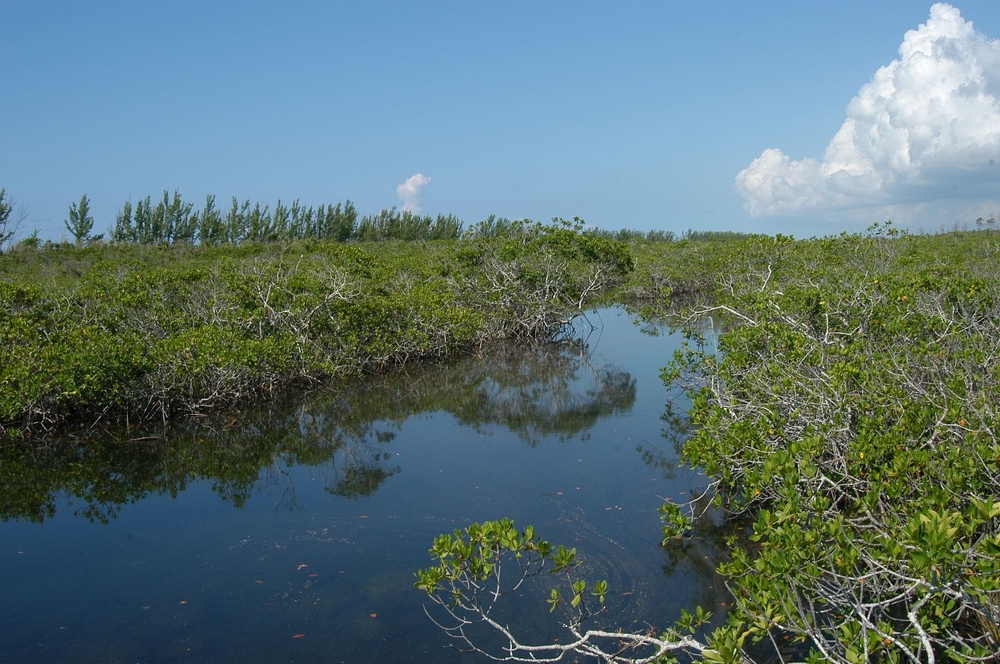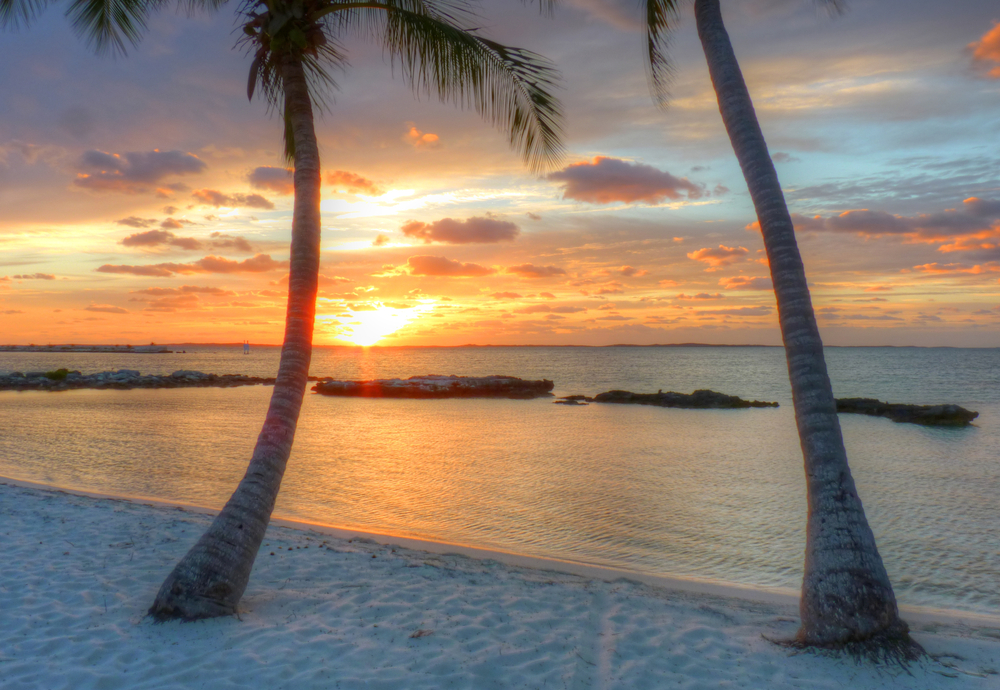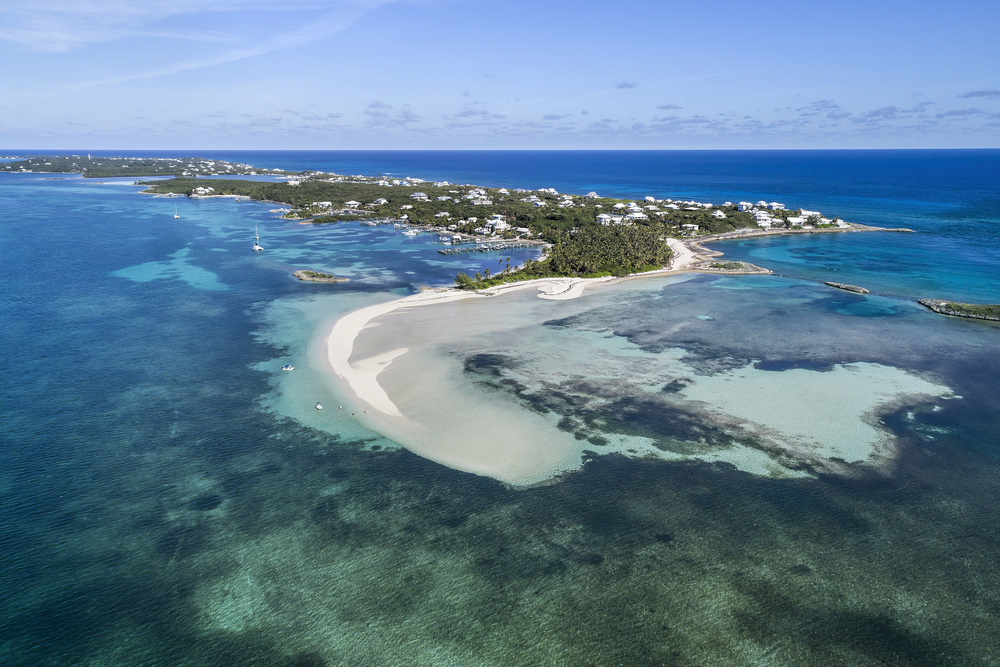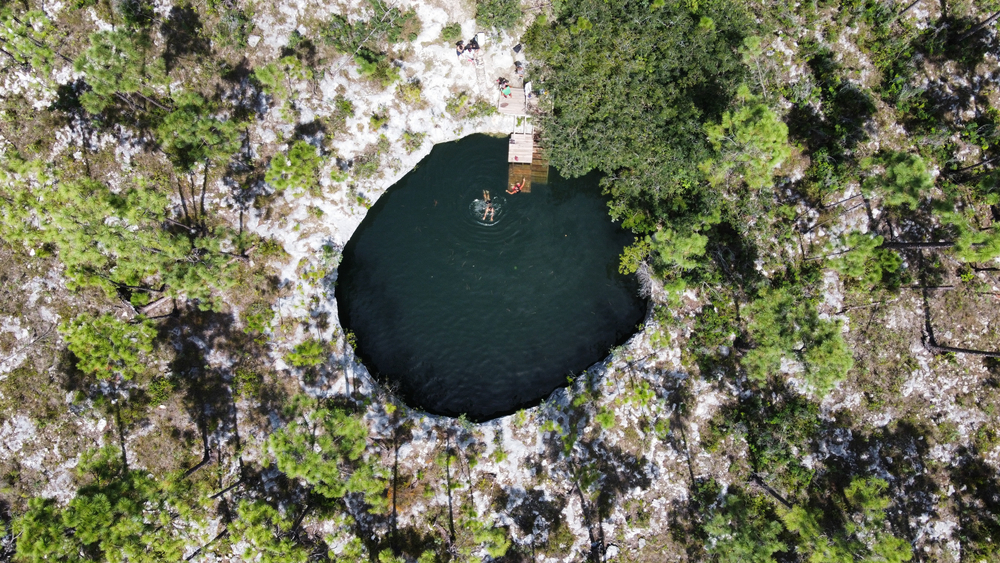Abaco Overview
Abaco National Park, known locally as Parque Nacional de Abaco, is located on the southern tip of Great Abaco Island in the Bahamas. Covering an area of 20,500 acres (approximately 32 square miles or 83 square kilometers), this national park was established in 1994 to protect the rich biodiversity of the island, particularly focusing on preserving critical habitat for the endangered Bahama parrot.
The park’s landscape is characterized by vast pine forests, interspersed with open savannas, coppice forests, and wetland areas. The Caribbean pine forests, which dominate much of the landscape, are essential to the park’s ecosystem. These resilient trees withstand seasonal hurricanes and fires, providing a home to many bird species and other wildlife. In addition to the pine forests, areas of hardwood coppice thrive with trees such as mahogany, gumbo limbo, and poisonwood. Wetlands and mangroves around the southern coast contribute to the diverse habitats found within the park.
Abaco National Park is perhaps best known for being the habitat of the endangered Bahama Parrot. Once found throughout the Bahamas, this parrot now has one of its last remaining strongholds on Great Abaco Island. The park’s pine forests provide a vital nesting ground for the parrots, as they nest in underground limestone cavities unique to this region. In addition to the Bahama parrot, the park is home to a variety of other wildlife, including West Indian woodpeckers, Antillean nighthawks, and Bahama swallows.
The wetlands also serve as important habitats for waterfowl, and the surrounding areas attract migratory birds during certain seasons. Additionally, small mammals, reptiles, and amphibians inhabit the park, benefiting from its varied ecosystems. With its rich biodiversity and distinct landscapes, Abaco National Park is a critical conservation area in the Bahamas, playing a vital role in protecting the region’s unique flora and fauna.
Park Map
Abaco National Park Highlights
Engaging Abaco National Park
Related National Parks More Bahamas
Sources
- Bahamas, Abaco National Park, https://www.bahamas.com/vendor/abaco-national-park, retrieved August 2024.
- Bahamas, Abaco Parrot, https://www.bahamas.com/vendor/bahama-parrot-aka-abaco-parrot, retrieved August 2024.
- Bahamas National Trust, Abaco National Park, https://bnt.bs/, retrieved August 2024.
- Fodor’s Travel, Abaco National Park, https://www.fodors.com/world/caribbean/bahamas/the-abacos/experiences/abaco-national-park-85676580, retrieved August 2024.
- The Bahamas Family of Islands, Abaco National Park, http://www.bahamasgeotourism.com/content/abaco-national-park/bah27D6AB677C1FBDBC6, retrieved August 2024.
- Wikipedia, Caribbean Pine, https://en.wikipedia.org/wiki/Caribbean_pine, retrieved August 2024.














































































